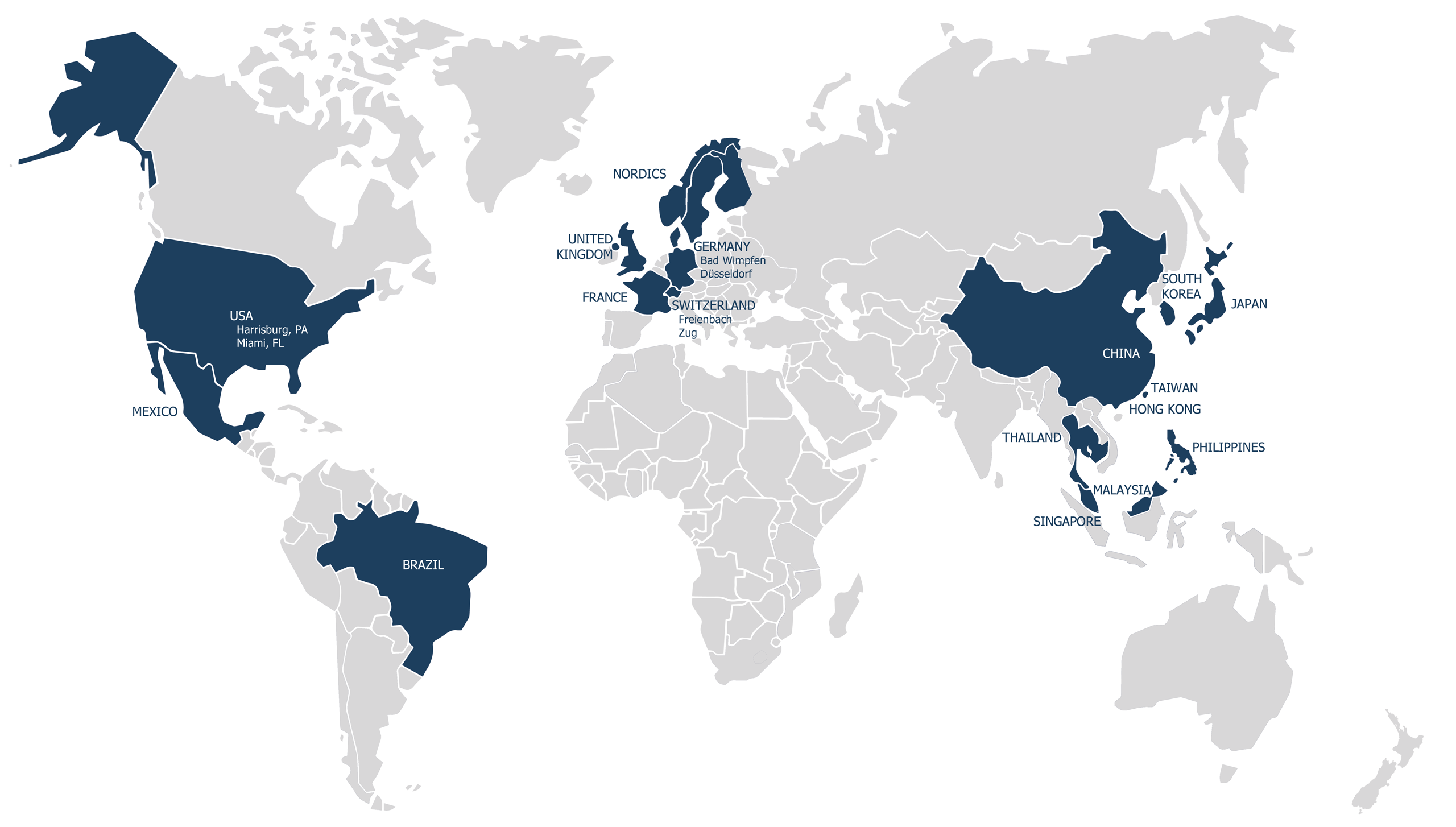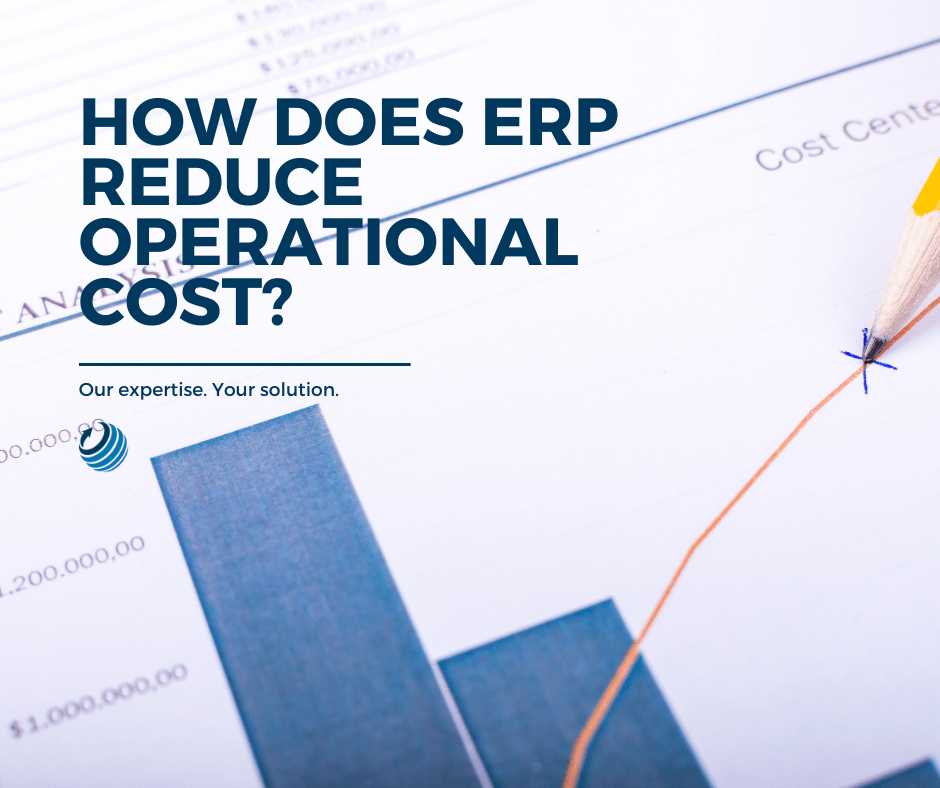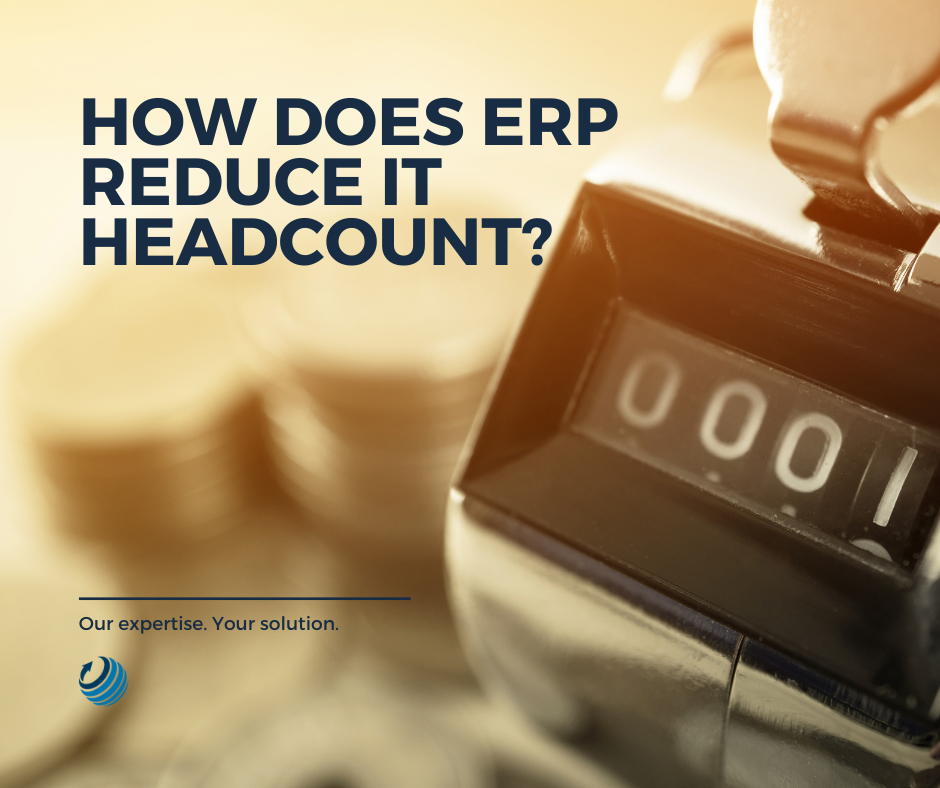How Does ERP Reduce Operational Costs?
Table of Contents
CloseEnterprise resource planning (ERP) commonly shortened to ERP, refers to the core processes and software that a business requires to function properly. It includes all aspects of a company, combining them into a single central system and database. It is an effective way to reduce operational costs and increase profit margins within a business.
Despite ERP being labeled as a single software, there are multiple different forms of ERP systems. Various modules and features can be added or removed to an ERP software to meet the unique demands of a business.
Different modules may be added to the same ERP for different departments within a business. For example, a business that sells products may need an ERP with modules for project management, inventory management, and customer relationship management (CRM).
The modules within an ERP help a business to collate and integrate every process to streamline their daily operations. An ERP may evolve over time as a business expands and adapts to the changing market. The use of a modern-day ERP is the perfect solution for businesses to maintain industry best practices while reducing operational costs.
So, how exactly does an ERP reduce overall costs to boost growth and success within a company?
Artificial Intelligence
ERP systems use a variety of advanced technologies and there are several processes that can be easily automated using ERP software within any business, regardless of the industry it’s in. For example, AI starts now to be used to automate customer data input for retail companies, invoice management in an accounting company, or sample analysis in a biology lab.
When a business grows and expands to the point at which a basic spreadsheet will no longer suffice, an ERP system can be implemented to make data handling and organization easier and more efficient.
Expansion Support
It costs businesses a lot of money hiring staff, managing daily operations, and coordinating multiple aspects of its processes. For example, retailers must ensure that every stage of the manufacturing, packing, and shipping process is closely coordinated to maintain a 3-5 order fulfillment policy.
Without an ERP system to integrate each stage of the fulfillment process, this would be almost impossible. Business owners would either need to hire more staff to process the orders or lengthen their delivery time. The former option will result in more wages to pay and lower profits for the business. The latter may decrease customer satisfaction and may negatively impact the company’s reputation.
This is just one very specific example, but ERP provides the same benefit to businesses of all industries. It enables businesses to automate and streamline their operations to boost efficiency and productivity. In turn, operational costs are reduced without sacrificing performance, allowing the businesses to thrive.
Insights and Control
ERP can also provide business owners with valuable insights and internal controls, which are displayed on a system that every employee can access.
These insights can be used by businesses to identify weak spots or areas of improvement. For example, an area of weakness may be the late fulfillment of customers’ orders. This may be flagged in an ERP system but may, otherwise, be missed.
Similarly, ERP software can be configured to identify what’s working well. Businesses can identify successful areas of their current operational processes and can spot opportunities for growth through the software.
The ERP can be used to make future projections based on past and existing data. These projections can be used to determine required inventory and make new product orders in time for a busy retail season, for example.
The customizable nature of ERP software makes them ideal to meet the individual needs of any business. No matter what the size of your business, you may benefit from using an ERP to reduce operational costs without compromising on the quality of your product or services.
To learn more about the benefits of SAP implementation in your business, get in touch with be one solutions.
You won’t want to miss be one solutions‘ next webinar. Add your email address to be notified :
Please select your language
Welcome on be one solutions‘ websites.
Please select your language.





